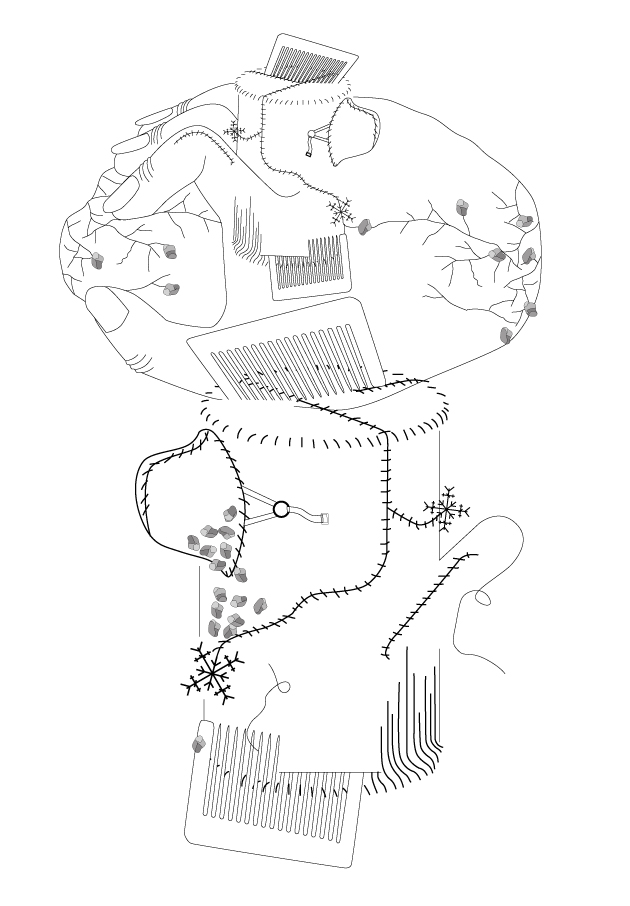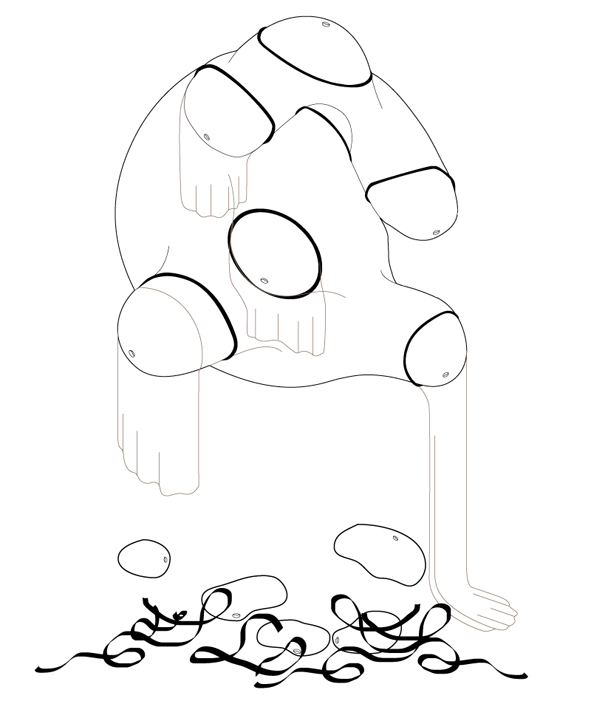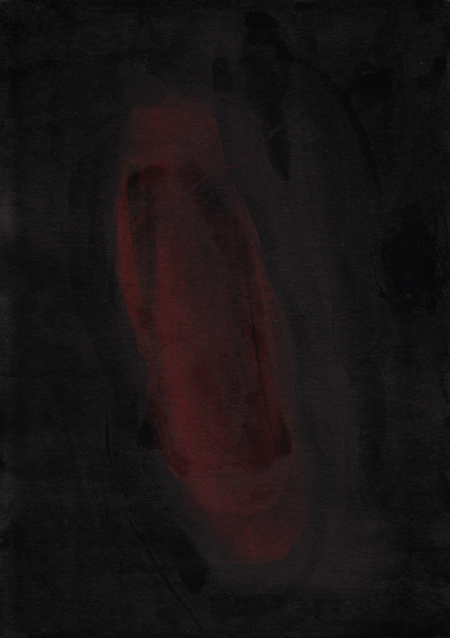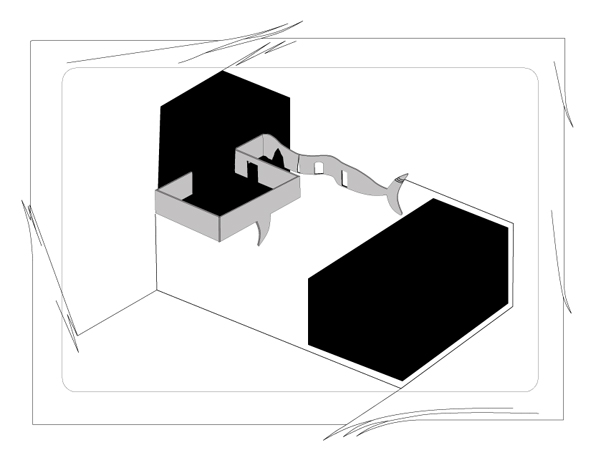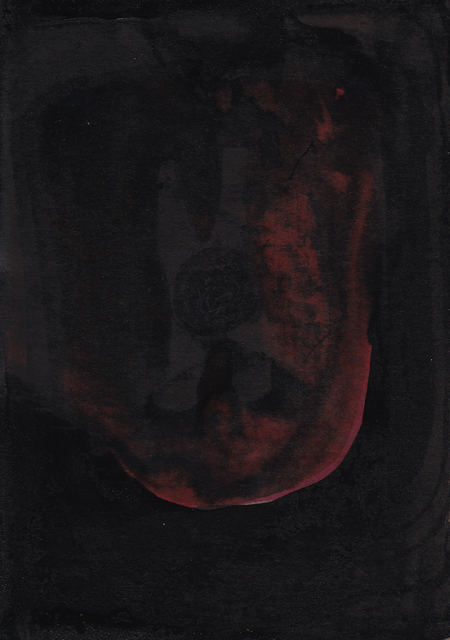Archive for 2011
Luchsharn, Magnetberg, schreiende Steine – Medieval Magnetic Wonderland
Thursday, January 20th, 2011D: Now, fasten your seatbelts for a fantastic journey. On board you’re invited to drink urine from an eagle eyed cat, the lynx.* You will pass stones which are able to gather fish on a spot, others which make horses noiseless, others which makes them noisy and above all stones which serve as pigments. They connect our eyes with the world under our feet.
Stinkluft out of Marbode of Rennes’ Chapter on the Magnet*
Tuesday, January 18th, 2011The Magnet gem – crowned India brings to light
Where lurks in caves the gloomy Troglodytes**
Coloured like iron and by nature’s law
Appointed iron to itself to draw.
The sage Deendor*** skilled in magic lore,
First proved in mystic arts its sov’reign power;
Headfarm: Stones as Means
Friday, January 14th, 2011D. Bon, again bon. Bon, Mister wise man. I hope you’ll take pleasure in this book I’d like to show you. It offers a fascinating list of magnetic stones. The problem is: Nobody knows for sure who has written the book and at what time. It’s said that Alexander the Great wrote a letter to his teacher Aristotle. He wrote about spectacular, but strange stones he found on his way to India. Modern scholarship has argued that parts of the text are coming from a novel, again a special novel, a novel which grew over centuries and found a wonderful form in Nizami’s The Book of Alexander the Great (known variously as the Sikandar Nama or Iskandarnama). The book was written ca. 1202, more than 100 years later than Marbod of Rennes’ (1035-1123) poem on magnets.
Handy (the man for today’ s problems at Headfarm): Why should I note this?
Realometer: Because of Christianity. It deduces from a certain text that man gains power over the world, over animals, plants, stones, everything which is under heaven.
Jabès: Man or woman?
Realometer: At this time women were regarded as inferior to men. Women were subjected to the will of men. At least in the medieval Christian context. According to Lynn White this is when the ecological crisis of today begins. The crisis is an effect of a special interpretation of the biblical text. With his lapidary Marbod of Rennes then introduces a new approach to stones. Stones become means. They become means which man uses to dominate the world under heaven.
Magnes=Christ?
Wednesday, January 12th, 2011D.: Bon. Again very good, we’ve learned that a text is generated by other texts like a secret is made out of secrets or out of books. Your attitude is very similar to Umberto Eco’s, who is a great teacher of things that can only be perceived by reading texts artists are usually not willing to read.
J.: I don’t want to start a discussion on teaching attitudes. Please do not strengthen the connection between writing texts on one hand and teaching on the other. Writing and reading are subversive strategies. They can be, at least.
D.: They’re also artistic, as well as technological, strategies. Or rather technological possibilities for artistic strategies. This is the reason why Cage was so fascinated by Buckminster Fuller and almost everything he heard about electricity. We are talking about an energy which enables us to publish posts.
Magnes: Electricity and digital media have inspired a form of digital theology. Magnetism offers a different approach. I would say it leads to polytheism, not to monotheism (Zeus, God: The masters of lightning and thunder). Magnetism is an invitation to take the risk of looking beyond, into the transcendental or into the suprasensible another way.
D.: Okay, I will tell you something.
Realometer: Before you start, please allow me to add why I find the images of staffs and of the shoe important. We could look at them in the blog yesterday. The shoe and the staffs are mentioned by Pliny and not by Claudian. They are important because via staff and shoe a fiction was possible: The fiction of Magnes the shepherd who was the first to discover magnetic attraction. So far no image from antiquity, neither a fresco nor a stone cut, that shows Magnes has been found. The antique notion of Magnes – as far as I can see today – is limited or restricted to texts. Nevertheless, the images of Jesus Christ as a shepherd can somehow be read as representations of Magnes by non-pictorial means.

